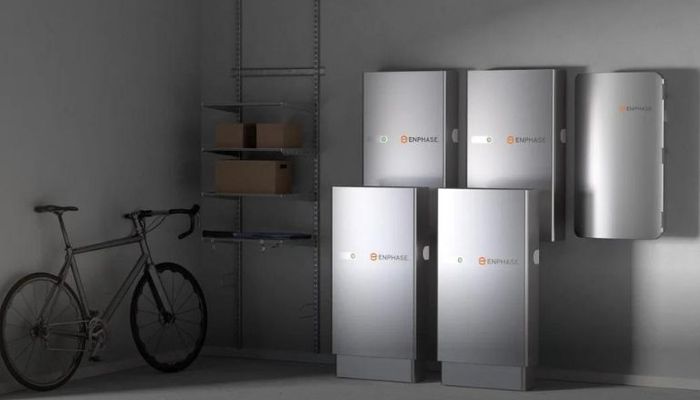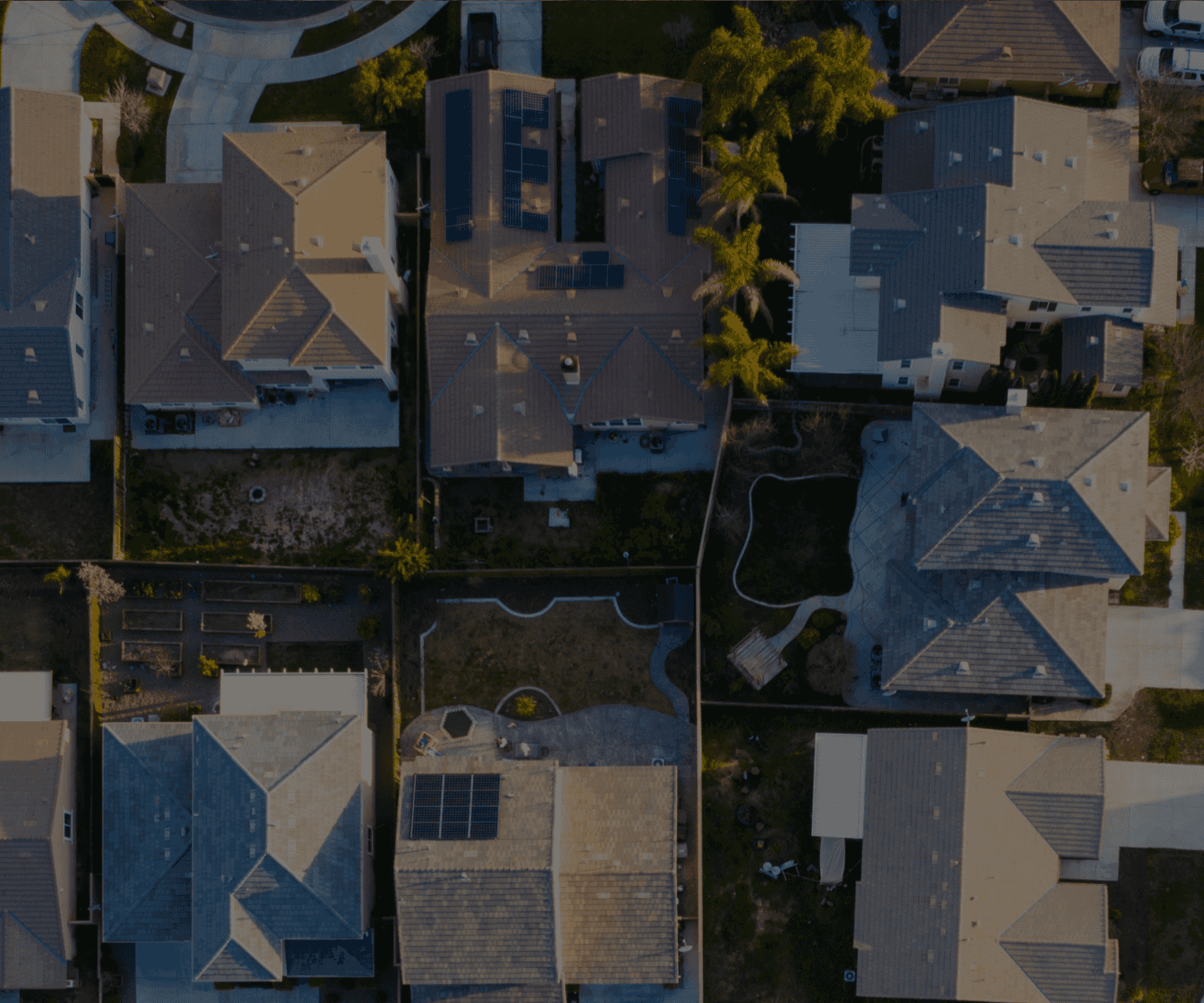What Is a Bifacial Solar Panel?

There are a lot of decisions to be made when purchasing a solar energy system. One of the solar power technologies that has been getting a lot of attention lately is bifacial solar panels which have increased efficiency over standard solar panels under certain circumstances.
So let’s delve into the intricacies of bifacial solar panels, exploring their functionality, best uses, and future prospects.
What Is a Bifacial Solar Panel?
Bifacial solar panels, as the name suggests, are designed to capture sunlight from both sides – front and rear – maximizing their energy output.. Unlike traditional monofacial panels, which only capture sunlight from the front side, bifacial panels utilize their transparent backsheets to convert the reflected and diffused light into electricity. This unique design enables them to generate energy from direct sunlight as well as reflected light from the ground, surrounding objects, or even the atmosphere, thus increasing their efficiency rating.
Read more: The 10 Most Efficient Solar Panels (2023 Edition)
Bifacial vs Monofacial Solar Panels
While the solar cell technology is the same for bifacial and monofacial solar panels, there is a difference in how the panel is actually built, which ultimately impacts durability, design and efficiency.
Design
Monofacial solar panels typically have solar cells on the front side and an opaque backsheet on the rear side. This means that the front side generates electricity and the rear side does not.
With a bifacial solar module, there are solar cells with glass on both sides of the solar panel so that light reflected onto the rear of the solar panel can be used to generate additional electricity.
Durability
Bifacial solar panels are considered to be more durable because both sides have reinforced glass instead of a vinyl or plastic backing. This provides protection to the cells from external elements and potential damage, making them suitable for various environments and harsh weather conditions.
Solar System Design
There are some important considerations to make when designing a system with bifacial solar modules. Because they are capable of producing more electricity, things like wires and fuses have to be sized to handle the extra current. It is also important to factor in the extra current when looking at the maximum current ratings of the supporting equipment like inverters and optimizers.
Another system design consideration is the racking. Many bifacial solar panels do not have a metal frame so you may need special clamps to avoid cracking the glass.
Cost
Due to their advanced design, additional materials, and increased efficiency bifacial solar panels tend to cost more than the traditional monofacial solar panels. However, the higher energy yield and potential return on investment can offset the initial higher cost.
| Factors | Bifacial Solar Panels | Monofacial Solar Panels |
| Design | Capture sunlight from both sides | Capture sunlight from the front side only |
| Durability | Reinforced glass on both sides | Single glass layer on the front side |
| Installation | Can be installed in various orientations | Typically fixed, tilted installations |
| Cost | Generally more expensive | Generally more affordable |
| Energy Production | Higher potential energy yield | Lower energy yield |
| Sustainability | Suitable for areas with variable lighting conditions | Suitable for areas with consistent direct sunlight |
| Application | Widely used in utility-scale projects and large installations | Commonly used in residential and commercial applications |
| Future Potential | Potential for architectural integration and smart city initiatives | Potential for increased efficiency and advancements |
Are Bifacial Solar Panels Suitable for Homes?
When evaluating whether solar projects would benefit from using bifacial solar panels, most of the time it does not matter if they are residential or commercial projects. Because of the way that bifacial solar panels work, the thing that matters most is if the rear side of the bifacial module will be able to capture sunlight.
If you are installing solar panels parallel to a sloped shingle roof, then a bifacial module will not give you increased energy production over a monofacial module.
But, if you are installing solar panels at a tilt over a reflective surface, then reflected light will hit the back side of the bifacial panel and you will see more energy produced compared to a monofacial panel.
Here are some great applications for bifacial solar panels where you could get as much at 30% additional energy:
Ground Mounts: A tilted ground-mounted system on flat terrain where there will be snow on the ground during the winter are great for bifacial solar panels because the bright white snow will reflect lots of light on the back of the panels in the winter. Light-colored gravel, sand or concrete under the bifacial solar panels will also work.
Flat Roof Mounts: Installing bifacial solar panels with tilted racking on a roof with a reflective surface like snow coat or white TPO roofing material will give you a big production boost.
Carports or Awnings: Using bifacial solar panels on a carport or awning over a lighter-colored driveway or patio is a great idea. The best part about these applications is that having some space between the reflective surface and the bifacial modules will increase the production even more.
East and West Orientations: When bifacial solar panels are tilted over a reflective surface and facing east or west, there is an advantage of getting a boost at a time when the solar panels would not normally produce well. For example, if the solar panels are facing east, they produce well from direct sun in the morning. Then in the afternoon when east-facing monofacial panels would have low production, the bifacial panels will be receiving light on the rear side and generating a good amount. It is the same with west-facing solar panels, they get light on the rear side in the morning and the front side in the afternoon.
However, you should keep in mind that bifacial solar panels impose some limitations for residential projects, especially roof-mounted. “Bifacial panels with the highest wattages may sound attractive for home owners, but they can be seven feet long and weigh over 70 lbs. That’s certainly not a panel to be handled on a rooftop”, says Jeff Haas, Vice President of Sales at GigaWatt. His best advice is to “Choose a panel that has specifications that will work well for your project type.”
Where to Buy Bifacial Solar Panels
Bifacial solar panels are readily available in the US, partly because they have exemptions from tariffs on foreign-made solar panels. When considering bifacial solar panels, it is important to choose reputable manufacturers known for their quality and reliability. Some of the top manufacturers of bifacial solar modules are Canadian Solar, Longi Solar, Trina Solar and QCells.
Read more: Solar Panels Made in USA vs China: What’s Better?
What’s Next for Bifacial Solar Panels?
Bifacial solar panels have already gained significant traction in utility-scale projects and large installations. However, as the cost of production decreases and the technology becomes more accessible, we can expect to see a wider adoption of bifacial panels in residential and commercial applications.
Their future looks bright, especially knowing that the current tariffs on foreign solar panels from which they are exempt are scheduled to last until 2026.
Manufacturers are continually working on improving the efficiency of bifacial panels. But let’s not forget that even as efficiency improves, for some applications, like sloped roofs and hillside solar installation, monofacial solar panels will still be superior.
Read more: The 7 Best DIY Home Solar Kits (2023 Edition)
Are Bifacial Solar Panels Right for You?
To explore the possibilities and benefits of incorporating bifacial solar panels into your specific needs, we strongly advise you to consult with experts in the field.
The team of professionals at GoGreenSolar is well-versed in the latest trends and advancements in solar technology. They can provide personalized guidance, assist in choosing the right panel solutions, and help optimize your solar installation for maximum efficiency.
Reach out to GoGreenSolar today and get started on your solar project.






